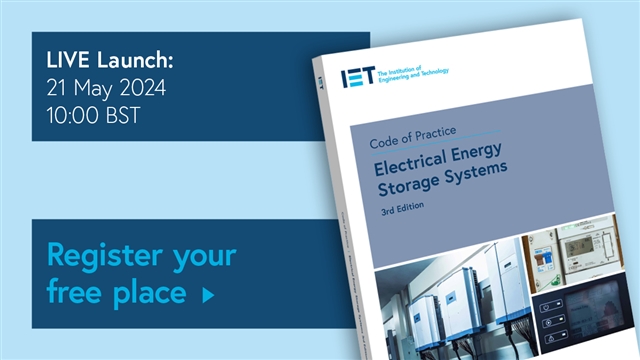Join us for this free-to-attend event taking place in person at IET Stevenage: Futures place and virtually (streamed live via YouTube) on 21 May 2024. It’s a great opportunity to hear from the lead author, Graham Kenyon, (who leads a large technical committee assigned to the Code). Graham will outline the most significant additions and amendments made since the 2nd edition and then we will look to take questions from those attending both in-person and virtually.
Graham will cover some of the key changes in the new edition such as:
- An update to the requirements for island mode switching arrangements,
- Further guidance on fire safety and the location of batteries within an installation,
- Updates to schematics for domestic use,
- Update to the requirements for sizing of generator connecting circuits, and coordination of assemblies through which generators connect.
Programme
09:30 – Arrival and registration (for those attending in person)
10:00 – Introduction (for in-person and virtual attendees)
10:05 – A summary of key changes
10:40 – Q&A
11:00 – Close
Find out more and register your free place at https://www.theiet.org/eess3-launch

